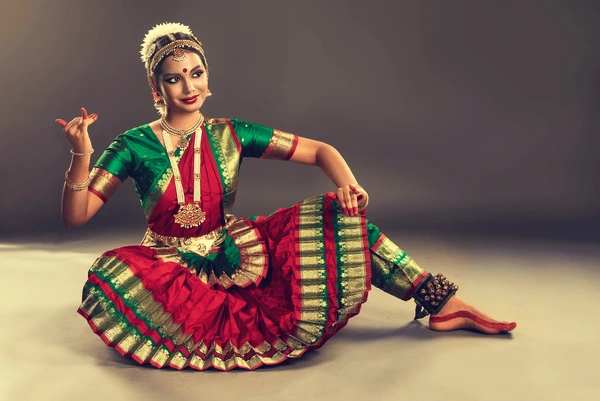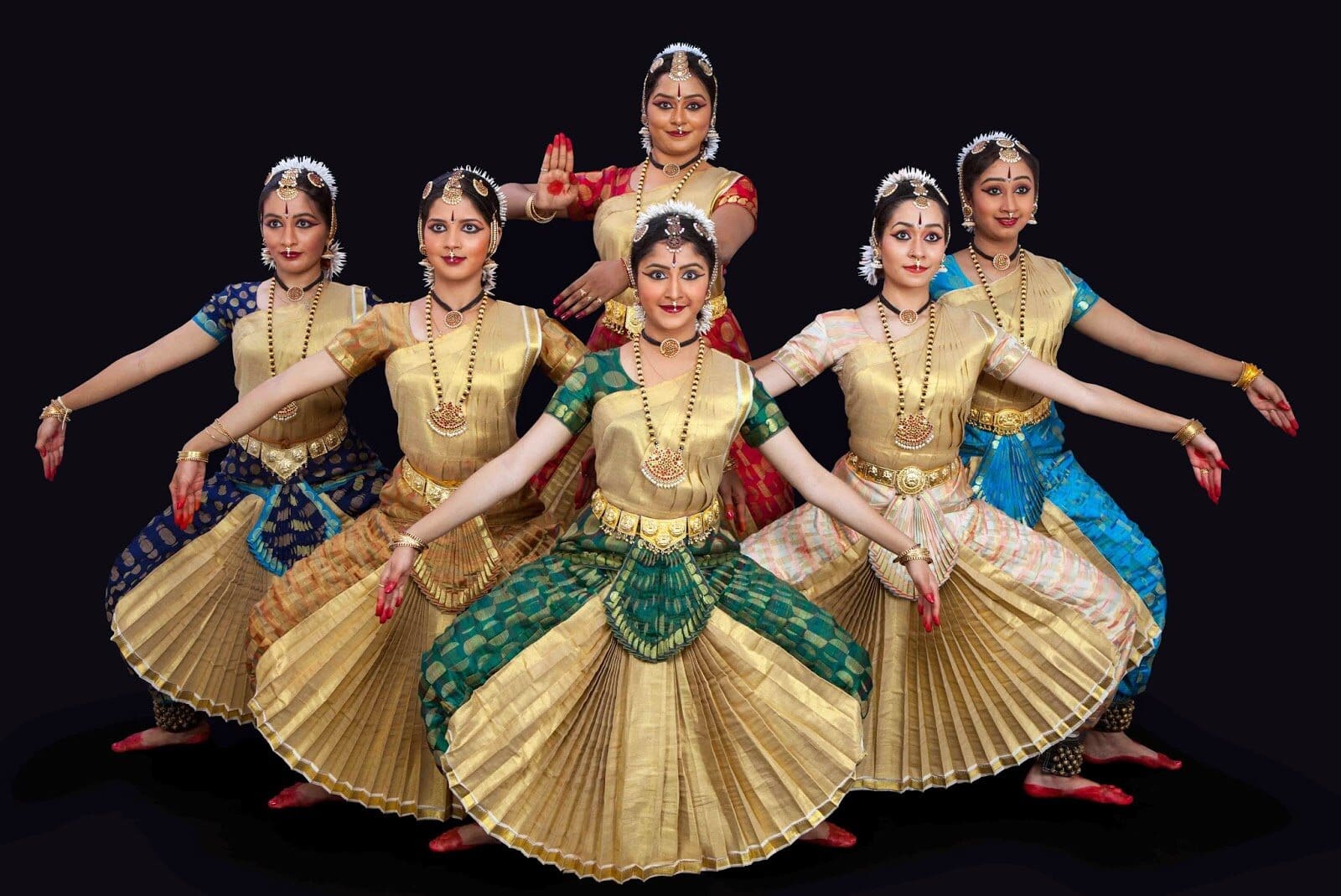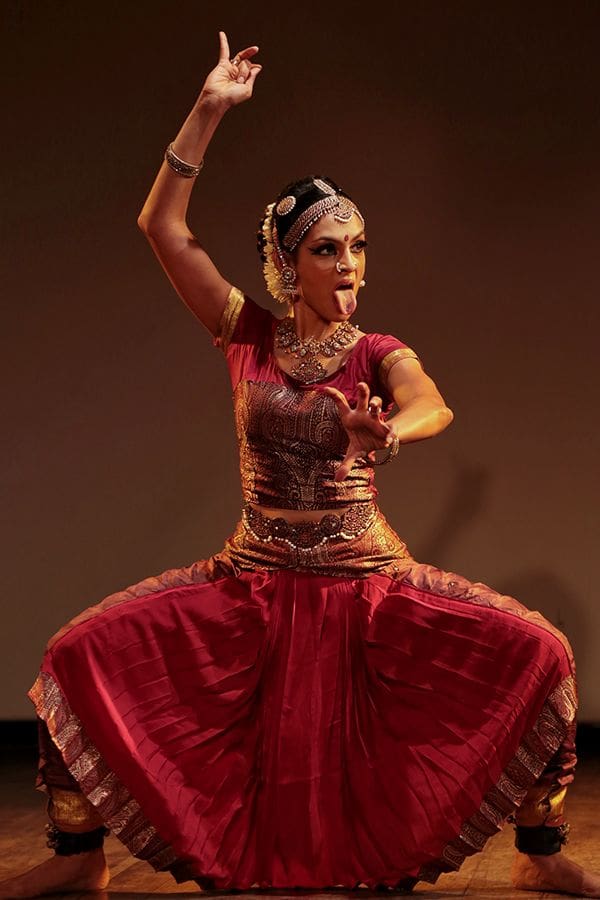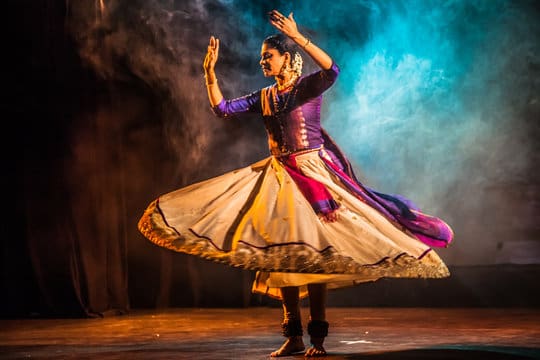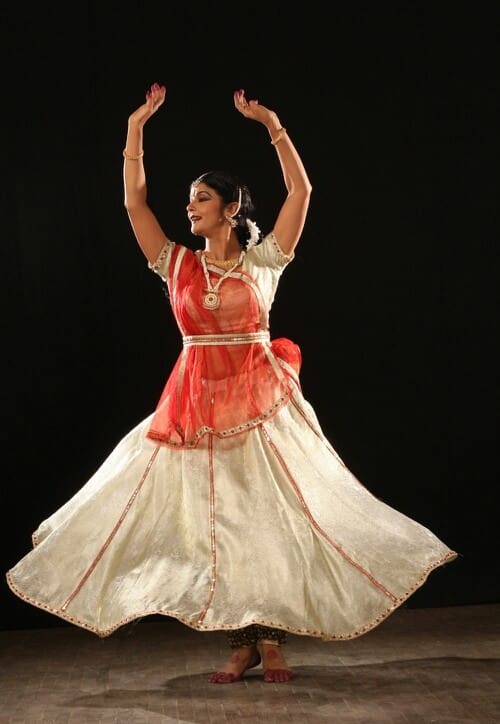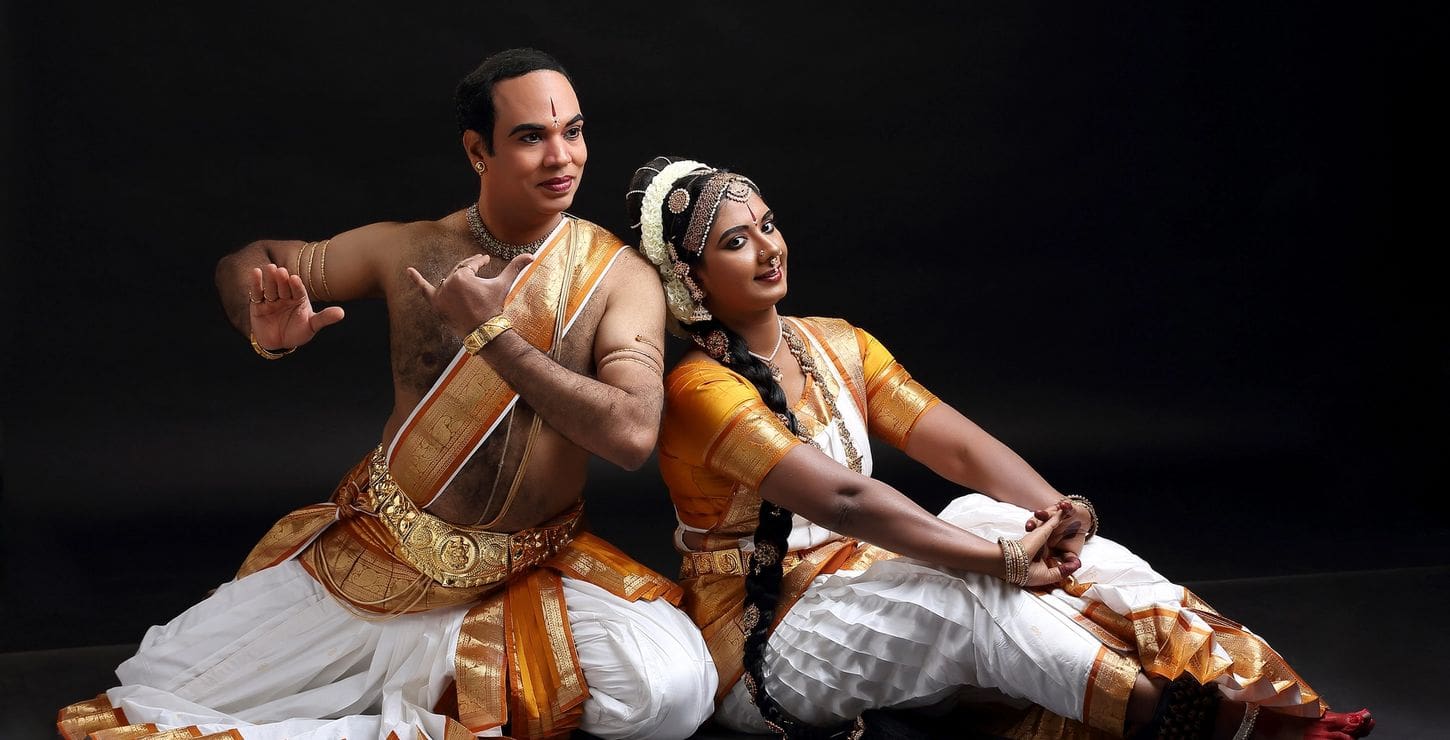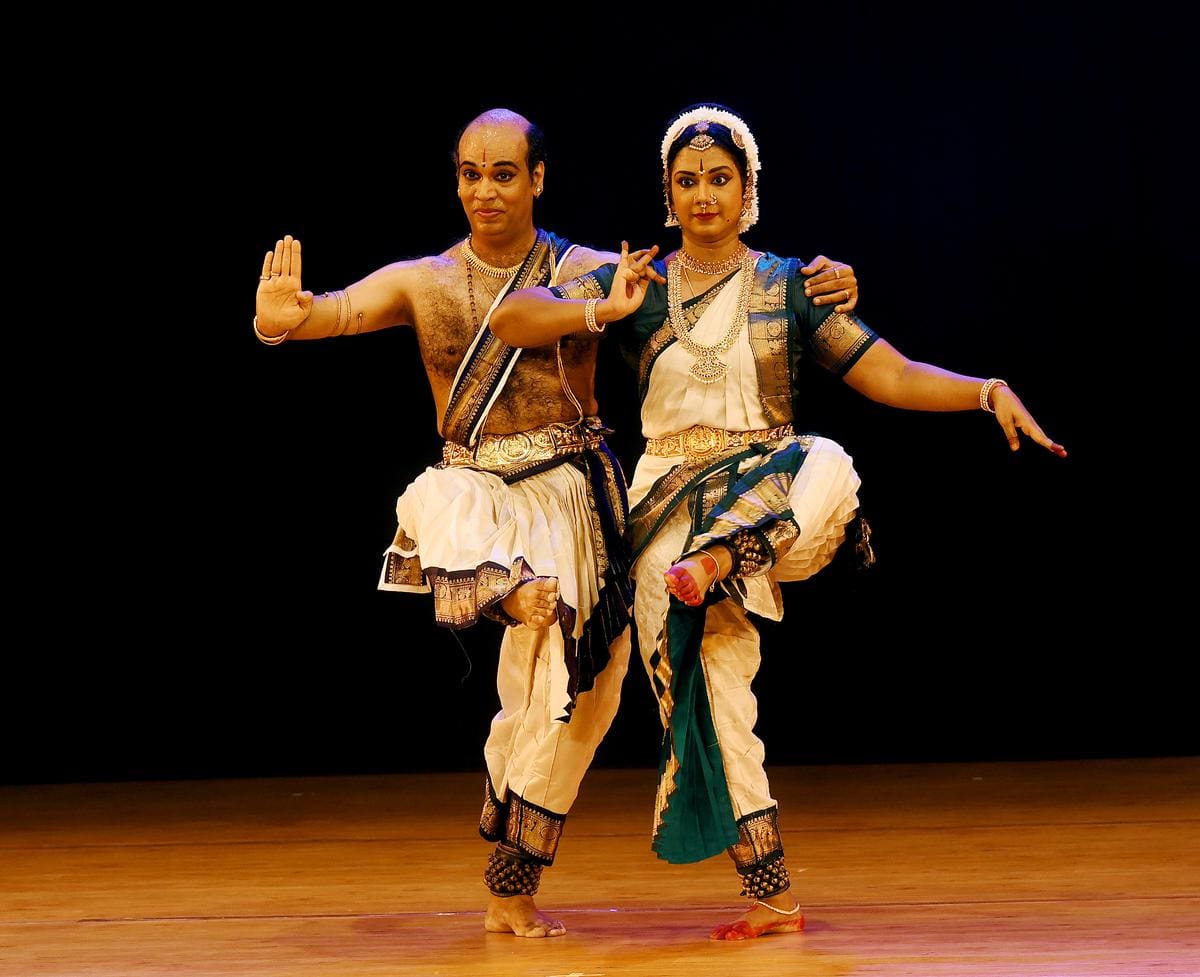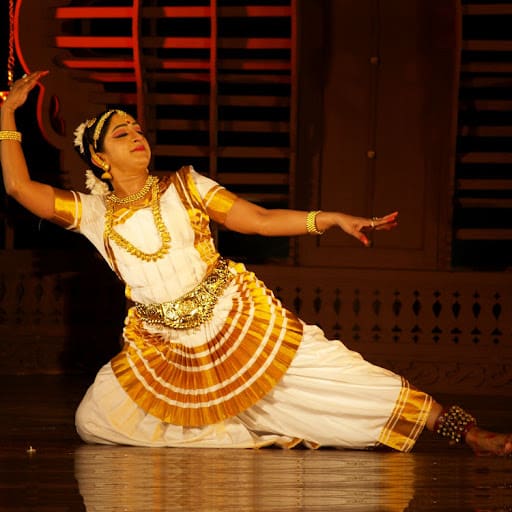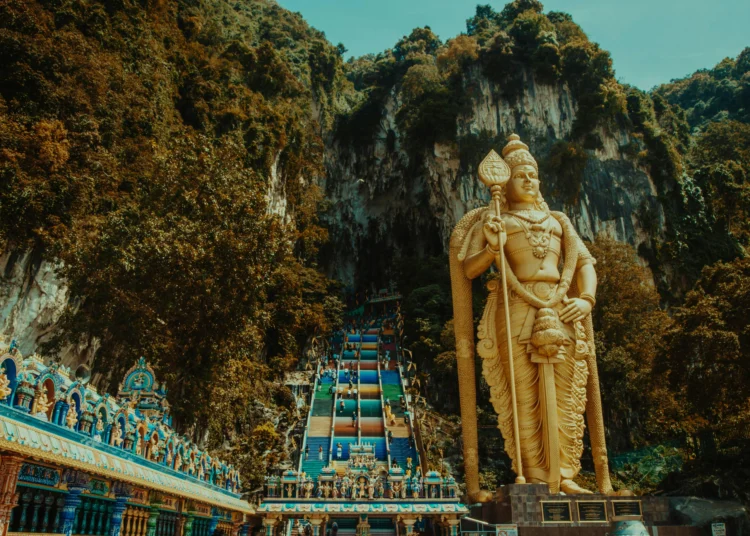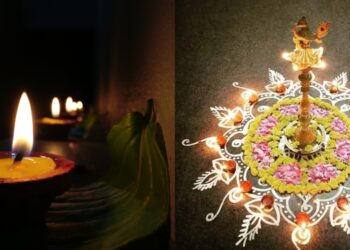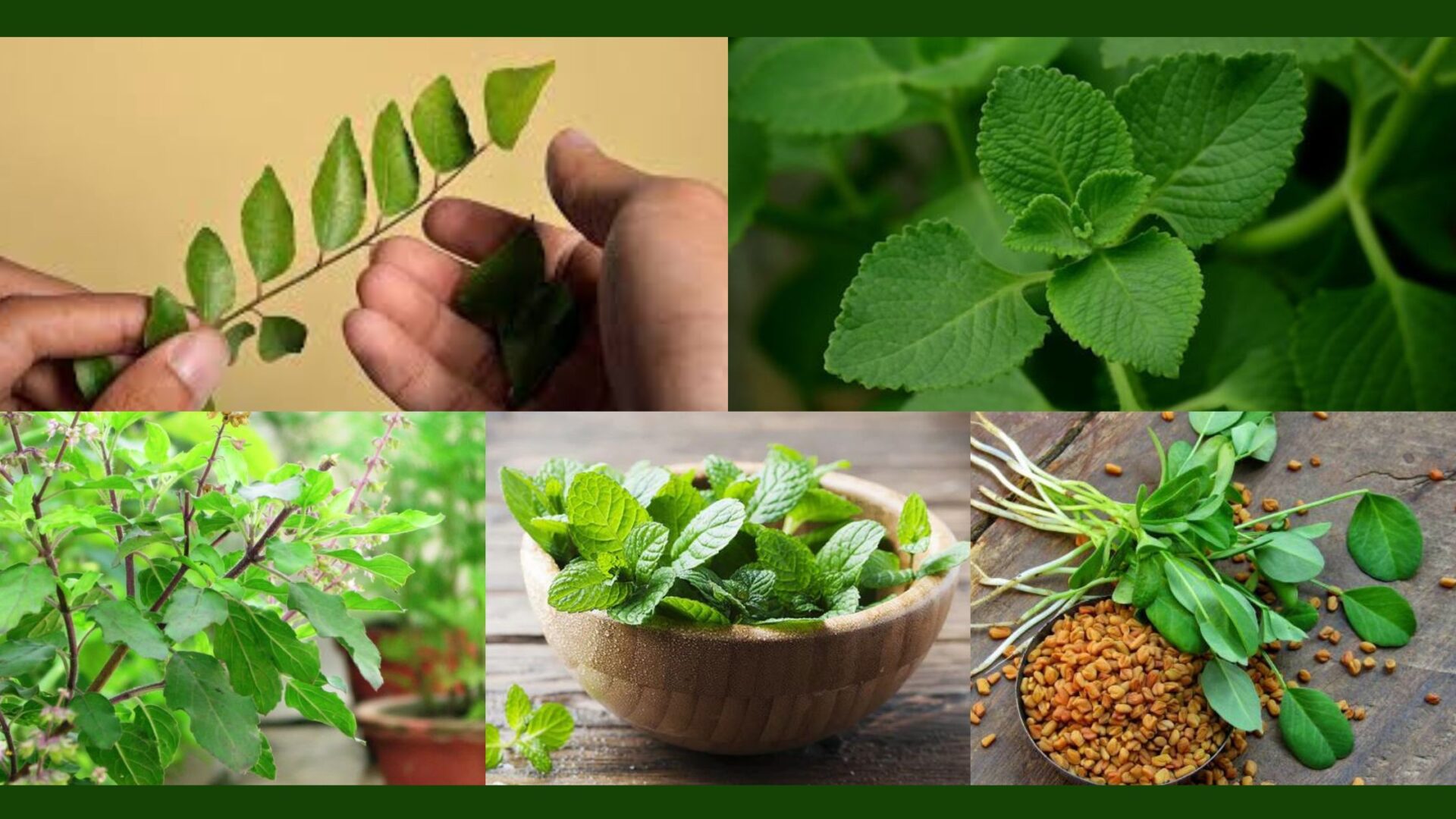International World Dance Day
Celebrating the universal language of dance, today is World Dance Day. This day was found to promote the art forms and increase awareness of it’s importance in various cultures worldwide. Let’s delve into the history of this vibrant celebration and explore some iconic dances in the Indian Culture.
History Of World Dance Day:
The international world dance day was establish in 1982 by the International Dance Council ( CID ). It honors the birthday of a french dancer and choreographer, Jean Georges Noverre. She is considered as the creator of Modern Ballet. Honoring dance as an art form that breaks down barriers and unites people from all background and culture is the goal of World Dance Day. Here’s some iconic Indian Cultural Dances around the world:
1) Odissi
Odissi is originated from Odisha an eastern India State. It’s a classical dance form that celebrates the divine through fluid movements, sculpturesque poses, and expressions that depict various emotions and narratives. It gained popularity in 1950s. The dance began as a kind of devotion in Odisha’s temples, when devadasis, or temple dancers, performed it in remembrance of the gods and goddesses.
Odissi developed into a classical dance style that combines theater, music, and dance components over time. It was influenced by old Sanskrit writings like the Natya Shastra, which offered instructions for acting and dancing. It was brought up under royal patronage especially under the Ganga and Gajapati royalty of Odisha. Dancers were taught in details of movement, emotion, and narrative, and performances took place in temples and royal courts.

2) Bharatanatyam ( The oldest dance form )
Bharatanatyam is one of the oldest dance form in India. It is originated from South India, Tamilnadu. Now the dance is performed by both male and females.
The word Bharatanatyam has a huge history. “Bhavam” (expression), “Raagam” ( music) , “Thalam” (rhythm), “Natyam” (dance). Bharata and Natyam is a Sanskrit Word.
It is characterized by its intricate footwork, expressive facial expressions, and graceful movements, which narrate mythological stories and spiritual themes.
3) Kathak ( A dance form that explains a story )
Kathak is a dance form originated from Uttar Pradesh, North India. The word “Katha” means telling a story.
The importance of this dance is the performers has to narrate stories with their expressions. The dance emphasis are the expressions, poses and grace. The point of Kathak is to pay a respect and tribute to the Indian Culture. By narrating stories from the Indian Culture, Kathak tends to keep and tell the stories of Indian Gods.
The performance are generally about Hindu mythology legends . The stories might be different in some performances but it’s mainly about Lord Krishna. Their expression makes people feel connected to the story.
4) Kuchipudi ( A dance drama performance )
Kuchipudi, from the southern state of Andhra Pradesh, combines dance, music, and acting to narrate stories from Hindu mythology. It is characterized by its dynamic footwork, graceful movements, and vibrant costumes.
The history of Kuchipudi can be traced back to ancient texts and scriptures like the Natya Shastra, which provided guidelines for performing arts. Over time, it evolved as a unique blend of dance, music, and theater, with influences from both the temple and folk traditions of Andhra Pradesh.
It was initially practiced by male Brahmin dancers known as Bhagavathalu, who specialized in portraying mythological characters and stories from Hindu epics. In the 17th century, a significant development occurred when Siddhendra Yogi, a renowned Kuchipudi artist and scholar, reformed the dance form to include female dancers and introduced it as a solo performance art. This marked a significant shift in the tradition, allowing women to participate in Kuchipudi and contributing to its popularity among audiences.
5) Mohiniyattam ( Dance Of Enchantress )
The history of Mohiniyattam can be traced back to the devadasi tradition of Kerala, where it was performed as a temple dance by women known as devadasis. Over time, it evolved into a sophisticated art form, blending elements of dance, music, and theater. ” Mohini ” means a female avtar
Mohiniyattam is characterized by gentle swaying movements, intricate hand gestures known as mudras, and expressive facial expressions. Dancers typically wear white or off-white costumes with gold trimmings, adorned with traditional jewelry and flowers.
Celebrating Indian Cultural Dances:
India is home to a wide variety of dance styles, each having its own distinct aesthetic, background, and cultural importance. Indian ethnic dances showcase the nation’s rich legacy and customs, ranging from the fiery energy of Bhangra to the classical beauty of Bharatanatyam.
The beauty and grace of traditional dance styles like Bharatanatyam, Kathak, Odissi, Kuchipudi and Mohiniyattam, have captivated audiences all over the world. Every dancing style has a unique set of poses, gestures, and facial expressions that are frequently enhanced by voices and live music.
In addition to classical dances, India is also home to a myriad of folk and tribal dance forms, each unique to its region and community. These dances are often performed during festivals, weddings, and other cultural celebrations, serving as a means of storytelling and expression of identity.
On World Dance Day, let us celebrate the rich diversity of dance forms from around the world, including the captivating and enchanting dances of India, which continue to inspire and delight audiences with their beauty, grace, and cultural significance.
Source:
Follow us on Instagram, Facebook or Telegram for more updates and breaking news.


